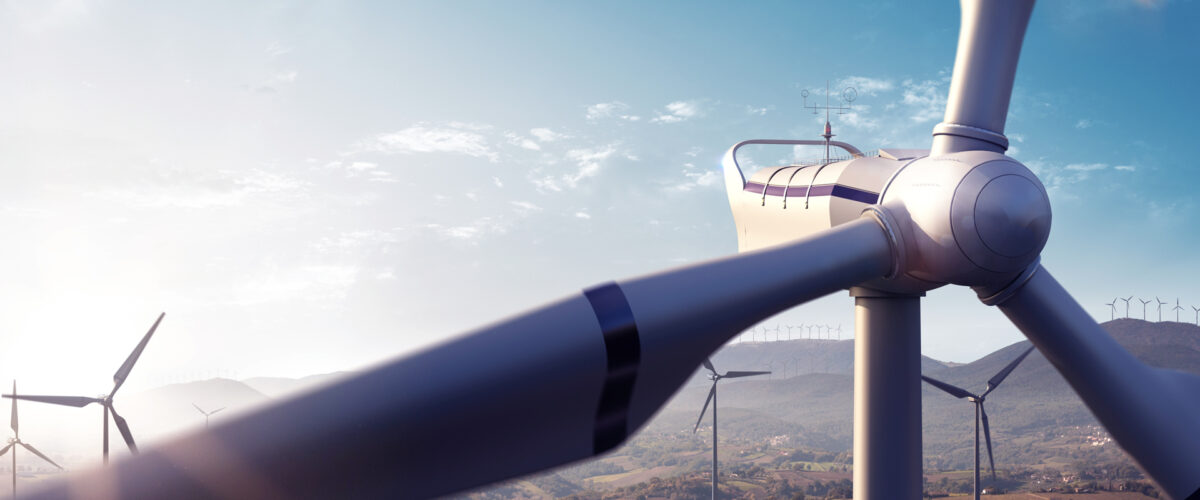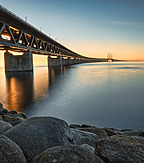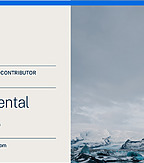Article | 20 September 2019
Setterwalls’ Energy Insights: The Plot Thickens

Activities are intense in a market with high demand for larger wind farms. While the technology race has been intense and larger turbines puts original permit conditions out-dated and restrict financial modelling, many non-Swedish investors navigate this field with finesse. More and more of them invest all equity and calmly use no PPA-protection.
In Sweden, the long-time pro-renewable energy policies, advantageous wind conditions and reliable grid structure have been driving growth and cutting production costs which has resulted in a keen appetite from non-Nordic investors to acquire assets generating renewable energy, fundamentally wind farms. Setterwalls has so far in 2019 experienced an unmatched transaction volume where the half year 2019 appears to outrun the full year 2018, which in itself was a record breaking year. The beneficial investment climate has resulted in wind farms being built with an unprecedented speed, implying that the Swedish national commitment to have more than fifty percent of all electricity produced by renewable energy sources will be met already during 2020, eight years ahead of schedule.
In particular, Setterwalls has during 2019 experienced vast activity from various consortiums of European and Asian investors, which collectively with the assistance of Setterwalls have acquired Swedish renewable energy assets in the aggregate of 1,400 MW. In addition, financial institutions in Germany, often backed by KfW-facilities, have been especially active on the financing side and shown great interest in the Swedish market for renewables.
Fully-merchant investments
One evident trend is that more and more investors go fully-merchant, meaning that the full investment is equity financed in order to escape the lenders’ normal requirement to hedge revenue streams by entering into long-term PPAs for a substantial part of the assets operational life. In other words, more and more investors seem to think that the risk premiums rendered to the PPA-providers are overpriced. The fact that more deals are equity financed also means that some projects are sold and priced by developers as “bankable”, but are ultimately not put to test by drawing of project financing funds and pledging of assets at financial close.
Growing project scales and more frequent use of investment consortiums
Furthermore, our experience from recent market activity is that the size of a normal greenfield project tends to increase. A few years back, a greenfield project with an anticipated nominal effect of around 300 MW would be considered substantial. Nowadays, with lower production costs and technical developments leading to turbines with a nominal effect north of 6 MW on the horizon, larger projects are being developed and constructed. The increasing scale and investment costs of such projects have resulted in investors more and more seeking the opportunity to set up investment consortiums, sometimes with the turbine supplier taking a stake with an option to divest their stake after first day of commercial operation. Given the global interest to invest in renewable assets in the Nordics, such consortiums are often comprised of investors from different continents and business cultures, which in our experience implies both legal and cultural complexities trying to regulate, unite and achieve an understanding as to the shareholding structure of the project. However, at the end of the day, once the equity structures have been established, international investors tend to appreciate the smooth and mature business culture in Sweden.
The challenges of neighboring wind farms
The growing renewables market in Sweden is not without its challenges. For example, as the size and number of wind farms increases, different projects tend to be clustered together in areas in which the wind conditions and the expected energy yield is favorable. In some cases this has already posed challenges in respect of potential wind wake effects and cumulative noise emissions resulting from such clusters. Specifically, as the size and number of wind farms continue to increase, the risk and impact of neighboring wind farms will explicitly have to be accounted for in the financial models should this not have been solved in the permitting phase. In addition, an increasingly current issue is the impact of cumulative noise emissions from neighboring wind farms. Although case law is clear on how this shall be structured in the permitting process in order not to cumulatively exceed permitted levels, we also see that a lot of issues occur in connection with commissioning and supervision. It is thus reasonable to expect that neighboring wind farms to an increasing extent will become one of the key factors for a developer and/or the permitting authority to consider. Therefore, challenges posed by the continuously growing market and clustered wind farms will in the near future be one central issue for a developer or an investor to consider.
Extension of permit conditions
We also note that the interaction between the mere commercial and the strictly regulatory parts of a transaction has become more and more crucial. Low electricity prices and financial uncertainties for the wind energy market was a reality not too long ago. Many of the wind power projects that were developed some years ago were put on hold due to difficulties with obtaining financing. When the market turned, several projects faced issues regarding timing in environmental permits and how to prolong regulated requirements for when the wind farm should be in operation without risking an expiration of the permit. Also, turbines and rotors have evolved meaning that old permit restrictions may be cumbersome. If the timing requirements for being on grid are prolonged and the validity period of the environmental permit does not meet the requirements of a preferred financial model this raises issues regarding new permit proceedings. As technology develops it is also much more common to now model a 30 year lifespan in the financial model notwithstanding that the underlying permit is only valid for 25 years, requiring an investor to make a qualified assessment on how to secure the last 5 years.
Setterwalls team
Setterwalls’ specialist team in energy & commodities takes a market leading position in the Nordics and is ranked as Tier 1 by the major ranking institutes. Through our in-depth knowledge and experience of the energy industry gained from our participation in the largest and most complex energy transactions and environmental court proceedings in Sweden, combined with excellent relationships to the energy sector, we have the commercial credibility to help our clients to achieve their objectives and to navigate in the complex energy market and political environment.
Contact:
Practice areas:
Energy and commodities, Environmental law, Infrastructure, Mergers and Acquisitions


